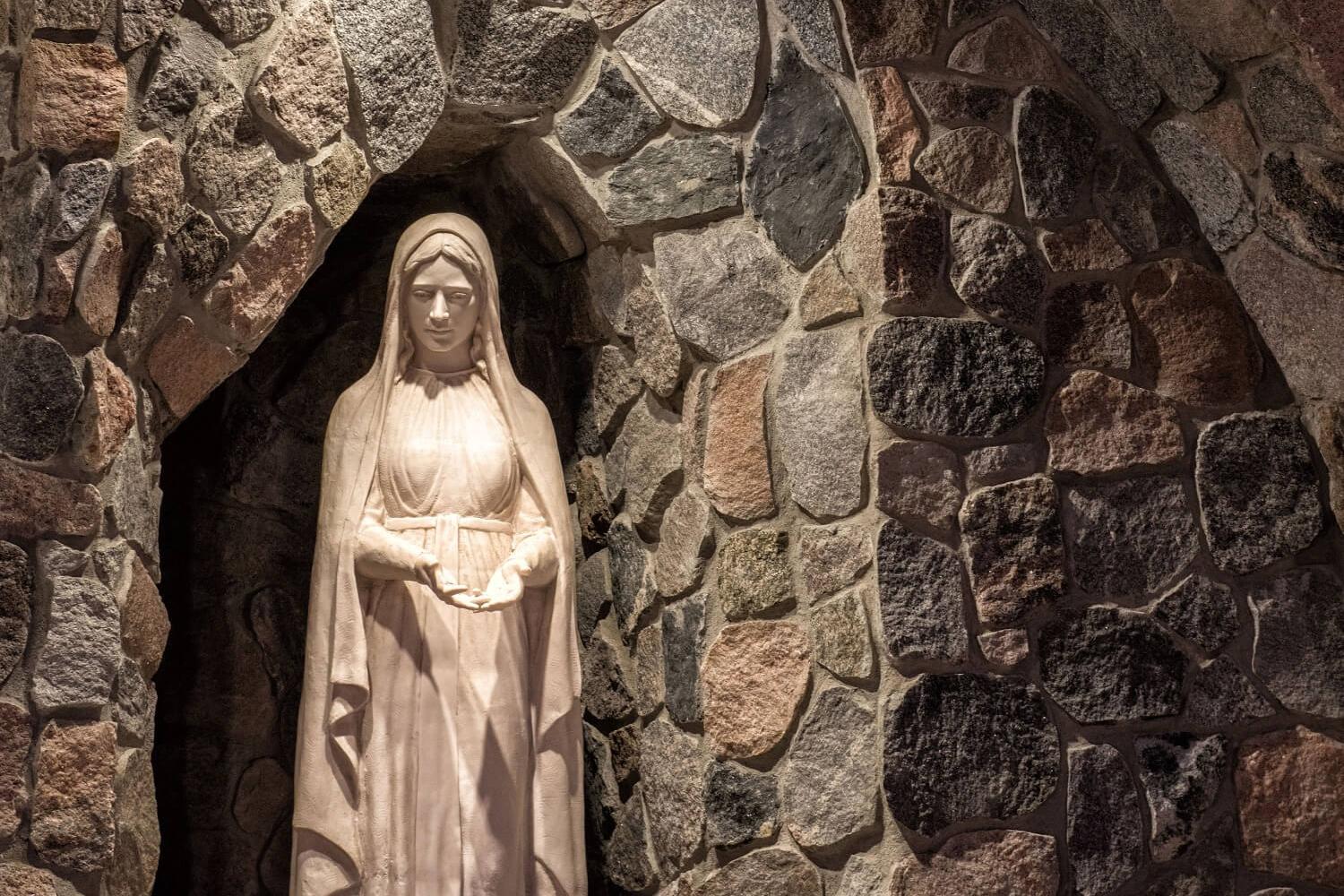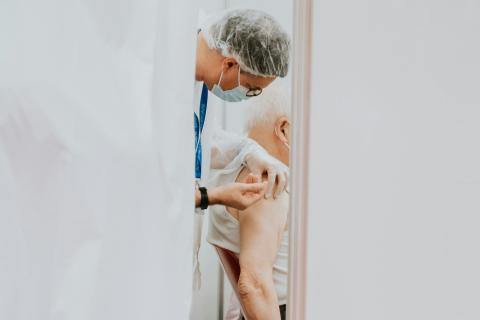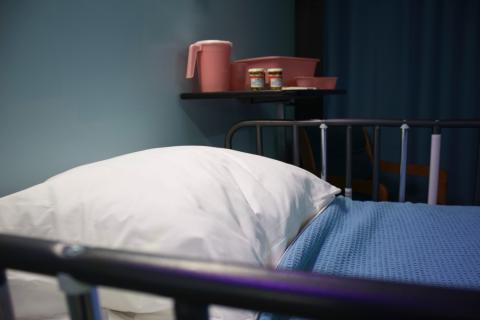
Our Lady of Lourdes appeared to St. Bernadette eighteen times from February to July over one-hundred-fifty years ago in 1857. Church tradition holds that during the second apparition, the “Beautiful Lady” appeared to Bernadette and asked her to make a visit to the Grotto every day for the next two weeks. When relating her experience to others, Bernadette illuminated that Mary looked at her—as if she were a person.
While this might seem insignificant to many, it was an entirely uncommon and miraculous occasion for Bernadette, whose family of eight were no strangers to poverty. Bernadette and her family lived in a one-bedroom cachot, or old jailhouse, where they slept on straw mats on the floor, in the cold, and fell asleep and rose each day to fight off mice within their beds and home. Her circumstances were dire and no doubt she and her family were outcasts within Lourdes, as they struggled to make ends meet.
One of the many challenges facing healthcare today is anthropological and, often, unrecognized. As healthcare providers move throughout their busy days, seeing patient after patient with little time for reflection and leisure, a transformation of mind—implicit and unconscious—occurs. For most, this occurs during training and clinical experiences, where the emphasis of these experiences is performance, repetition, and, ultimately, mastery of a critical set of clinical skills. While these experiences are necessary opportunities to learn and practice the technical skills of the profession, little time is dedicated to the encounter of the human person or consideration of the “whole” person—the family and the set of social, educational, or emotional circumstances each individual brings to the encounter. While these might be considered by a healthcare provider, the temptation is to quickly write them off or utilize them for the information they provide toward a patient’s prognosis toward achieving health, and taking no time nor effort to engage the individual’s needs beyond their function of forming a hypothesis for diagnosis and response to treatment—the likelihood of “success.”
To keep the business of healthcare afloat, healthcare providers are assigned productivity goals—numbers of patients to be seen in a given amount of time to yield a profitable transaction. Healthcare has disintegrated from its healing roots of encountering a person to ameliorate poor health and disease to a transactional encounter, and the patients—persons—suffer neglect, disintegration, and poor outcomes as a result.
While there is much we can learn from the encounters of the “Beautiful Lady” and St. Bernadette, first and foundational is the necessity to acknowledge the dignity and personhood of those we encounter every day. A restoration of mind is necessary before a healthcare practitioner can make any meaningful effort to encounter the impaired, diseased, outcast, or defective. This requires an act of the will to move beyond our limited “vision” of seeing and caring for “knees,” “hips,” and “strokes” to first forming our minds and wills to encounter the person-first—to gaze upon our patients, as Mary encountered Bernadette—as a person created in the image and likeness of God, the Father and Creator of all.
When relating her experience to others, Bernadette illuminated that Mary looked at her—as if she were a person.
Pragmatically, healthcare practitioners can act to transform this culture in a number of ways. First, daily time for prayer and reflection to consider the opportunity to encounter Jesus through this vocation, to consider one’s practice of health care, and to bring to the heart of Jesus those individuals a health care practitioner may encounter in a day—especially those whose conditions or encounters have been most troubling—allows for a transformation of vision and heart, which has a way of illumining a new way of interacting with these individuals, one which can truly heal.
Second, in speech—language has a powerful impact on the habits of our minds. Simply referring to our patients first by their personhood, which allows for acknowledgment of the dignity and goodness of the created person, and second by their health disease, diagnosis, impairment, or room number allows one the freedom to encounter the person first, not the disease first, which is paramount in providing holistic healthcare to those who seek healing through the service of a healthcare provider.
Next, as suggested above, healthcare practitioners ought to be cognizant of the demands of administrators related to the reduction of one’s practice of healthcare as a matter of dollars and cents. Unreasonable productivity expectations manipulate the practice of healthcare, forcing practitioners to reduce the vision of their work from transformational to transactional. Rather, healthcare practitioners should seek to offer their services to an organization and administration that values the work of healthcare practitioners through allowing time for collaboration, formation, and creation of community to best serve the needs of patients.
Finally, healthcare practitioners should seek community. A community of healthcare practitioners living a common but particular vocation, working toward a mutual mission of genuine healing of people afflicted and suffering but created for Jesus, can build and renew hope. Ultimately, hope is the inspiration that motivates an individual to seek healthcare in the first place—hope for something better; hope for healing.
The culture of healthcare will only be healed inasmuch as its practitioners are healed of faulty vision and practice. Participation in the restoration of the culture of healthcare as person-first is no less miraculous today than it was over one-hundred-fifty years ago for Bernadette. Let us then hope that through a restoration of the vision and culture of healthcare, practitioners can see patients as Bernadette experienced in her encounter with Mary—to see the beauty of the created, human person, in each patient encounter.


